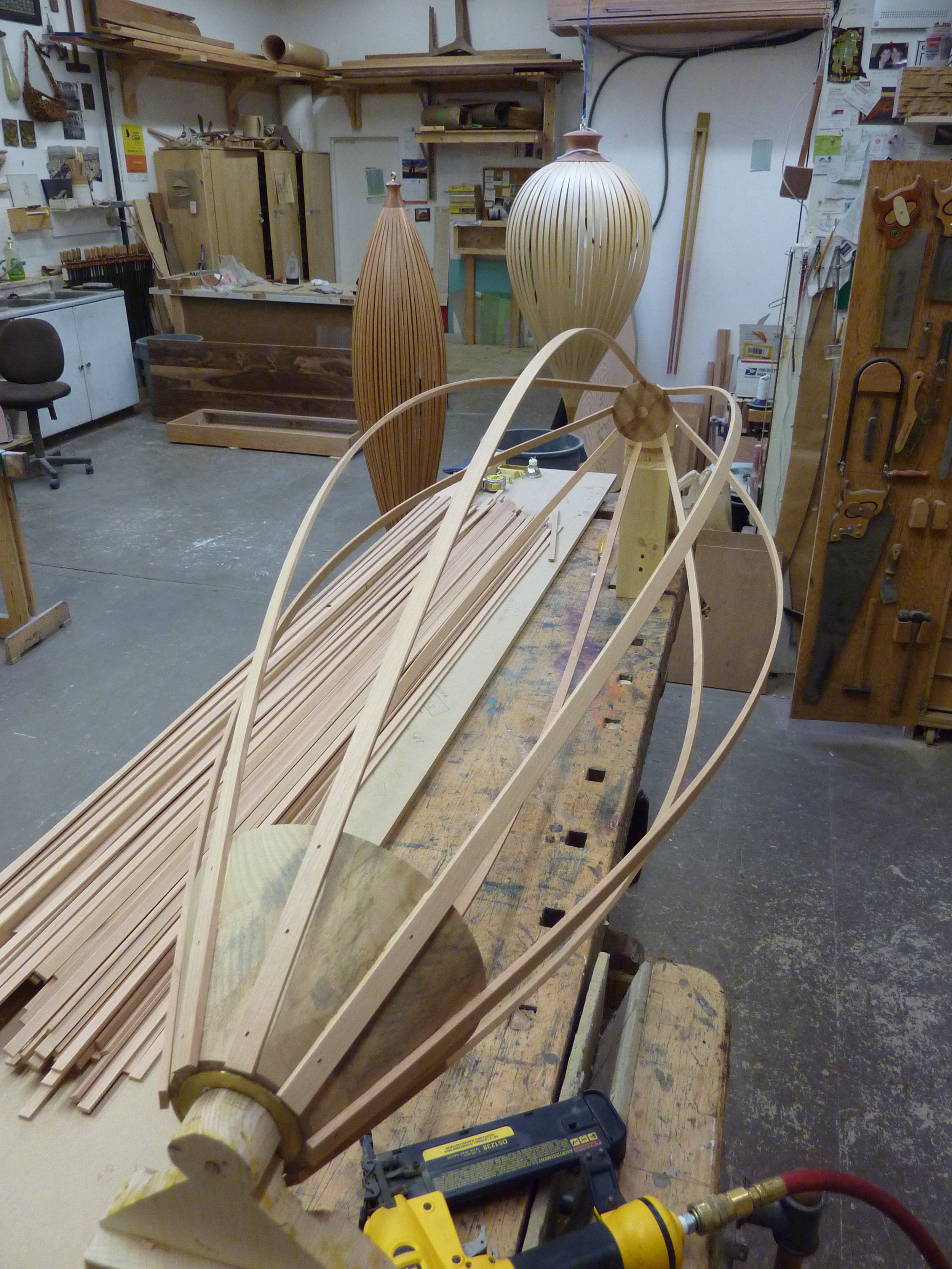PETER PIEROBON
ABOUT PETER
In early 1980 I left Vancouver my hometown in a recently purchased Volkswagen Van. I had a list of furniture design programs on the front seat mostly sourced from Fine Woodworking magazine which had published a comprehensive list of the current options. It took close to 10 months to circumnavigate North America and visit all of the programs that enticed me including private schools, university programs and a couple of internships. I settled on the Wendell Castle School in Scottsville, NY because it emphasized not only a rigorous hands on education in the making of an object but also an equally intensive investigation on the conception and design of that object.
The two year program passed very quickly and I was fortunate enough to be hired by Wendell to work in his studio for another two years which gave me the necessary experience to leave and set up my own studio. I moved up to Toronto, the largest city in Canada and set up a shared space with Stephen Harris in 1985. I loved living in Toronto, it was a very exciting big city but I watched with envy as all my American friends chased opportunities I could only dream of. When the offer of a teaching position was tendered by Michael Hurwitz at the University of the Arts in Philadelphia I saw it as my opportunity back into the game.

I lived in Philadelphia for the next 12 years both teaching and maintaining a studio practice, steeped in the excitement and creativity of the Studio Craft scene. It was a wonderfully rich and creative time but the opportunity to relocate to San Francisco where I joined Donald Fortescue at the California College of Art and Craft was too much to pass up. There was already a sophisticated group of artists, galleries and museums in the Bay Area and we added to the mix by hosting the 2nd Furniture Society Conference, ‘East Meets West’ in 1998.
In 2000 I returned home to Vancouver, BC and set up my studio there. I continued to exhibit nationally and into the US for the next decade. As 9/11 and later the Great Recession affected border crossings the economics of doing commerce became more complex and expensive across the border. I refocused on a more localized area and expanded into public art as well as gallery work and continue to do so today, my wandering days over.